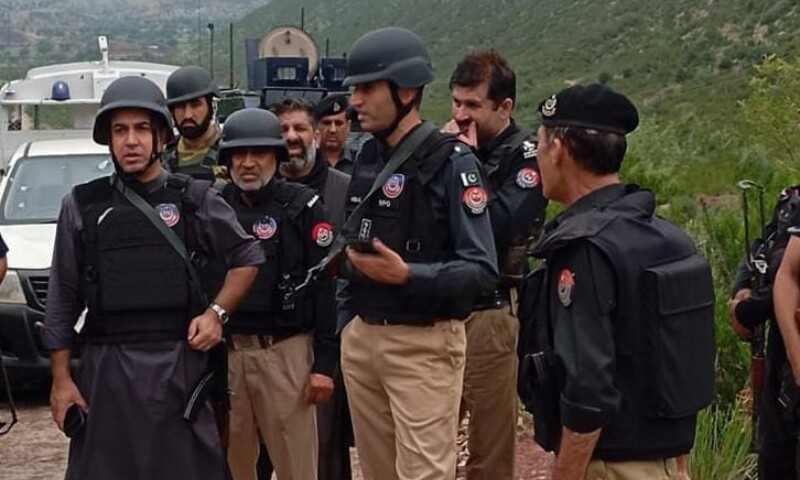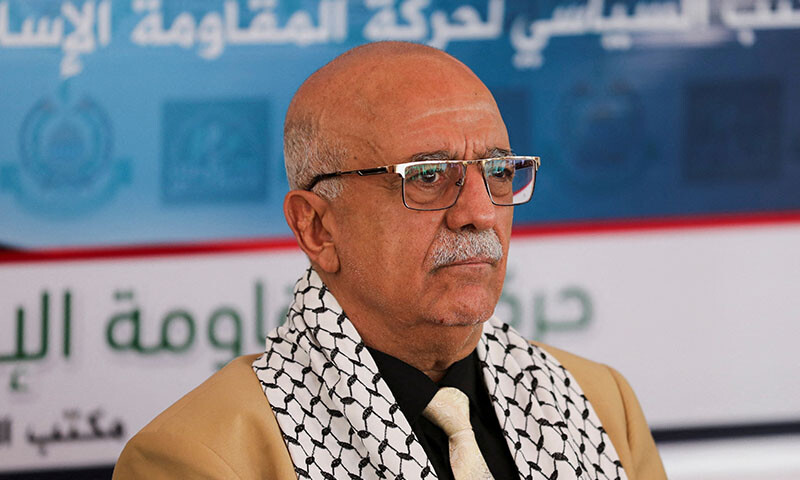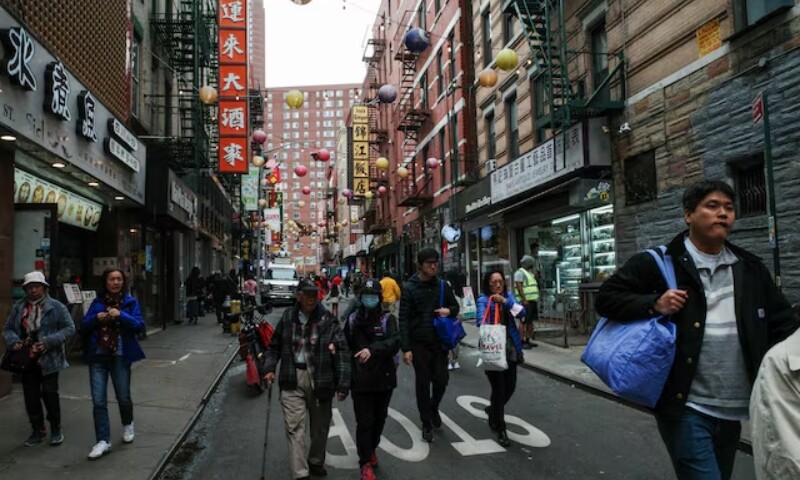Many of them prefer Abya tunic that flows according to the fashion trend in the Gulf nations.
Young and urban women in Afghanistan are increasingly abandoning the blue burka than everything wrapped with a facial mesh that has become a symbol of the oppression of the women of the Taliban.
From the return of the Taliban to power in 2021, they have imposed an ultra strict vision of the Islamic law, modeled in its previous rule from 1996 to 2001.
But while women must still have their bodies and faces covered, the restrictions of the dreaded religious police do not specifically mention the burka.
So, young women are following the fashions seen in many nations of the Gulf.
Many prefer an Abya tunic that flows, used with a handkerchief on the Hijab head and, often, also a face that covers, sometimes a medical mask or a sauudite -style fabric veil that exposes only the eyes.
“The new generation would never accept to use a burka, due to design and color,” said Tahmina Adel, 23, in the Kabul capital.
With social networks, “everyone follows trends,” added Adel, who was forced to abandon their economy title due to the prohibition of the Taliban government of women’s education.
“I prefer to use a ABAYA because I feel comfortable in that,” he said.
Young women in Kabul and the northern city of Mazar-Sharif said Abayas and scarves offer more freedom of expression than Burqas, with a variation in color, material and pattern.
“Only the elders use a burka,” Razia Khaliq said while embroidering one in a workshop in Mazar-Sharif.
Khaliq began using the undulating burka from head to feet at age 13, like her mother and grandmother before her.
But his daughter, about 20, prefers Abaya.
“Young people use Abaya because it’s more comfortable,” Khaliq said.
‘Suffocating’
The burka has long roots in Afghanistan.
It was strictly applied during the first rule of the Taliban government of Afghanistan, when women were whipped for not using one in public.
But the combination of handkerchief in ABAYA’s head and Hijab grew in popularity during the time of the government backed abroad.
When the Taliban recovered Kabul in 2021, they had promised to be more flexible than during their first rule, when women were deprived of almost all their rights.
Little by little they have erased the Afghan women from public space, imposing what the United Nations have called a “gender apartheid.”
They forced loose scarves commonly used by urban women.
Advertising fences were erected by ordering women who use the burka, or a ABAYA, head scarf and a face cover once again.
A law in August confirmed restrictions imposed on men and women by the religious police.
It stipulates that, while women can leave “in case of necessity”, they must be covered.
“Whether a burka or a hijab, there is no difference,” said Saif Ul Islam Khyber, spokesman for the morality police, officially known as the Ministry for the propagation of virtue and prevention of vice.
Nasima, about 40, insisted that “showing your face is a sin.”
But she admitted to having sometimes used a Abya and a handkerchief to release the nose and mouth of the “suffocating” burka.
‘Very strange’
Niha, 22, said she was rebuked by not using a burka in public buildings, which are protected by the security forces of the Taliban authority.
It is common for you to ask you to readjus to the head scarf or order to add a medical mask.
“As soon as we enter offices, we are mistreated,” said Niha, who did not give him his last name.
Hayatullah Rafiqi, a specialist in the Pakhtun culture, said that the burka was “strictly imposed” under the first Taliban government, when some women were “whipped if they did not use it”, but that “today is used less.”
Burkas vary only in color according to the province, from blue to light brown, and green and pink.
Gul Mohammad has been selling Burkas in Kabul for 40 years, and said that many now come from China, made from Nylon instead of cotton, making them cheaper and stronger but less breathable.
“The Chinese burka is very cold in winter, and it’s like fire in summer,” Gul said. “This makes women sweat.”
For Sabrina, 23, from Kandahar’s spiritual cradle of the Taliban, life under a burka is full of difficulties.
She is a conference regularly if you don’t use it.
The first time he used it was after the Taliban government took the backward control in 2021, and it was not his choice.
“I couldn’t see my way, I didn’t know if I was going to the right or the left,” he said. “It was very strange.”
Image of the header: In this image taken on February 20, 2025, Afghan women buy Burqas in a store in Mazar-Sharif. – AFP









